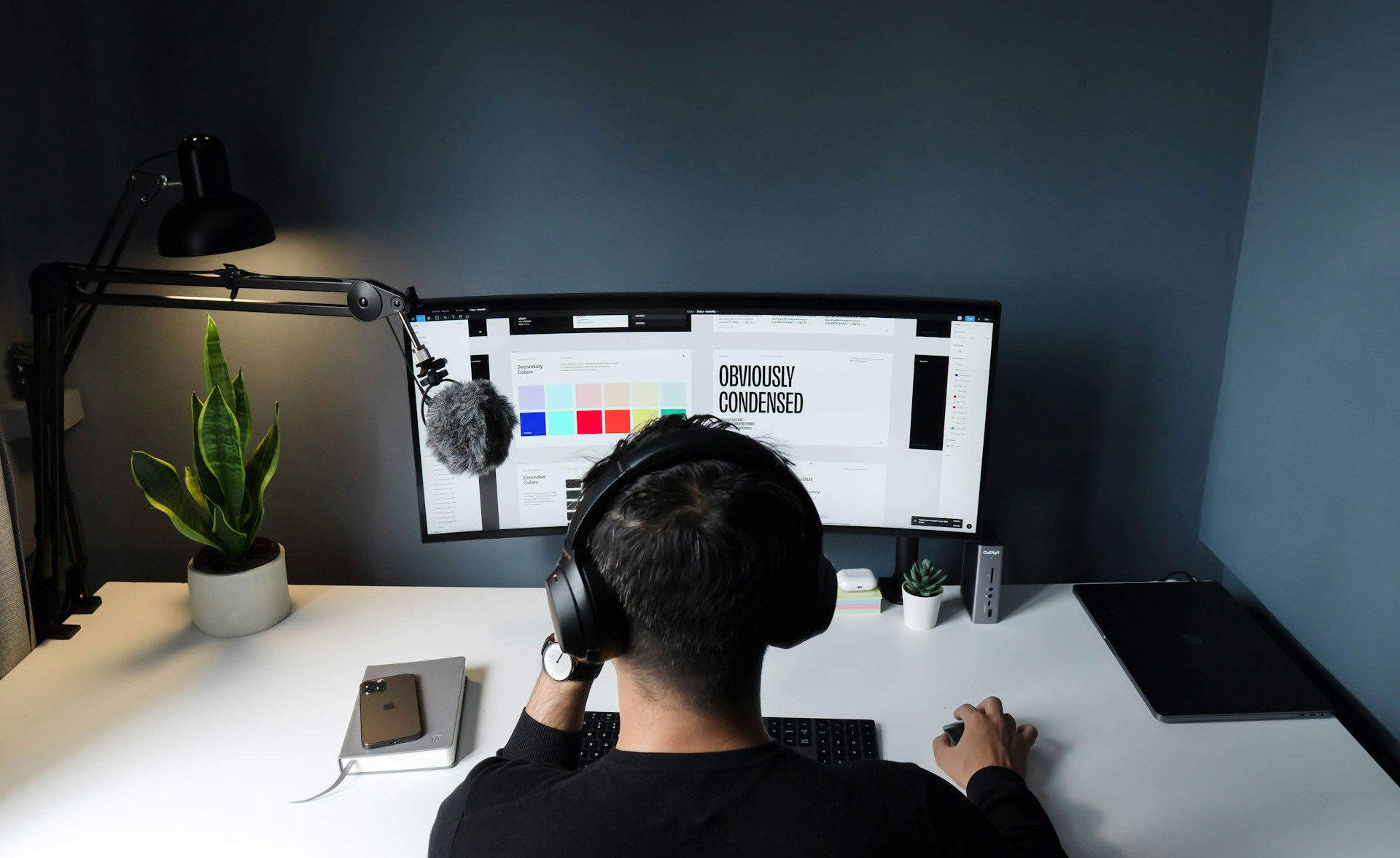How to Create a Freelance Portfolio from the Ground Up

How to Create a Freelance Portfolio from the Ground Up
Starting out as a freelancer can be challenging, especially if you haven’t yet produced any work. Before hiring you, clients usually want to see proof of your abilities, and it could be challenging to win their trust without a portfolio. The good news is that, even if you don’t yet have any paying clients, you can start building a strong freelance portfolio.
This post will teach you how to create a portfolio that highlights your abilities, attracts clients, and makes you stand out in the competitive freelance market.
The Significance of a Portfolio for Freelancers
Your portfolio represents who you are as a professional, not just a collection of samples. It demonstrates your abilities, methods, and proficiency. A strong portfolio can:
- To establish your credibility, provide specific examples of your work.
- Set yourself apart from other independent contractors in your industry.
- Gain the trust of potential employers.
Display your skills in a way that a resume cannot.
Step 1: Determine your strengths and services.
Prior to creating portfolio examples, clearly define the services you plan to offer. Are you a writer, social media manager, graphic designer, or web developer? Understanding your area of expertise can help you create a portfolio that appeals to your target market. Clients prefer specialists over generalists, so concentrating on just one area could increase the value of your portfolio.
Step 2: Create a few sample projects
- Even if you don’t yet have any client work, you can still create portfolio items by
- Create a phony website, write blog posts, or alter photos to appear as though they were for actual clients.
- Create a new logo, social media graphics, or marketing campaigns for a well-known business.
- Case studies: Even if you came up with the idea yourself, explain how you came up with it for a project.
- Cooperation: Develop model projects with other beginners in related fields.
- These examples could showcase your skills just as well as a job.
Step 3: Display only your finest work.
Quantity is not as important as quality. Choose five to ten exceptional samples that best showcase your abilities rather than including everything you do in your portfolio. The type of task you want to perform should be indicated by each item.
Step 4: Craft Captivating Synopses
Contribute more than just images or files; explain the story behind each project. Include:
- The goal of the project.
- the techniques and equipment you used.
- The lessons you learned (or, if it was a personal endeavor, the results you obtained).
- Well-written, concise descriptions help potential employers understand your problem-solving and thought processes.
Step 5: Create an online professional portfolio
A freelance portfolio ought to be simple to locate online. You could:
- Create a website for your company or yourself.
- Sites like Behance, Dribbble, Contently, or GitHub may be used, depending on your area of expertise.
- Showcase your work on LinkedIn to attract business-minded clients.
- An introduction, samples of your work, testimonials (when you get them), and easily accessible contact details should all be included in your portfolio.
Step 6: Begin with a small but genuine item.
Even low-paying or low-cost endeavors can make you appear more credible. In exchange for the opportunity to use the work in your portfolio, you might offer your skills to friends, non-profits, or start-up companies. As long as you perform well, these projects will help you advance and eventually lead to paid employment.
Step 7: Obtain Testimonials in Advance
Request quick reviews from your clients after completing your initial assignments. One positive review could significantly boost your reputation. You show that you are knowledgeable and reliable when you provide both portfolio samples and testimonials.
Step 8: Revise Your Portfolio
A strong portfolio is constantly evolving. Replace older samples with better, more recent ones as you complete other tasks. This guarantees that your portfolio consistently reflects your present degree of skill and flair.
Step 9: Highlight your unique qualities
Consider what makes you unique in your line of work. It could be your ability to work quickly, your creative problem-solving skills, or your expertise in a particular area. Make sure potential clients remember you by showcasing your best work in your portfolio.
Step 10: Make Your Portfolio Visible
Finally, a portfolio is only effective if it is viewed by others. Share it on freelance websites, post it on social media, and add it to bids. Your chances of getting clients increase with the number of people who view your work.
Ultimately,
Building a freelance portfolio from the ground up may seem challenging, but it’s one of the best things you can do for your career. Even without any paid experience, you can gain clients and establish credibility by producing high-quality sample projects, showcasing them professionally, and consistently improving your work.
Your portfolio should show off your abilities as well as your accomplishments. You will soon build a portfolio that will help you land bigger and better jobs if you start small and keep going.







